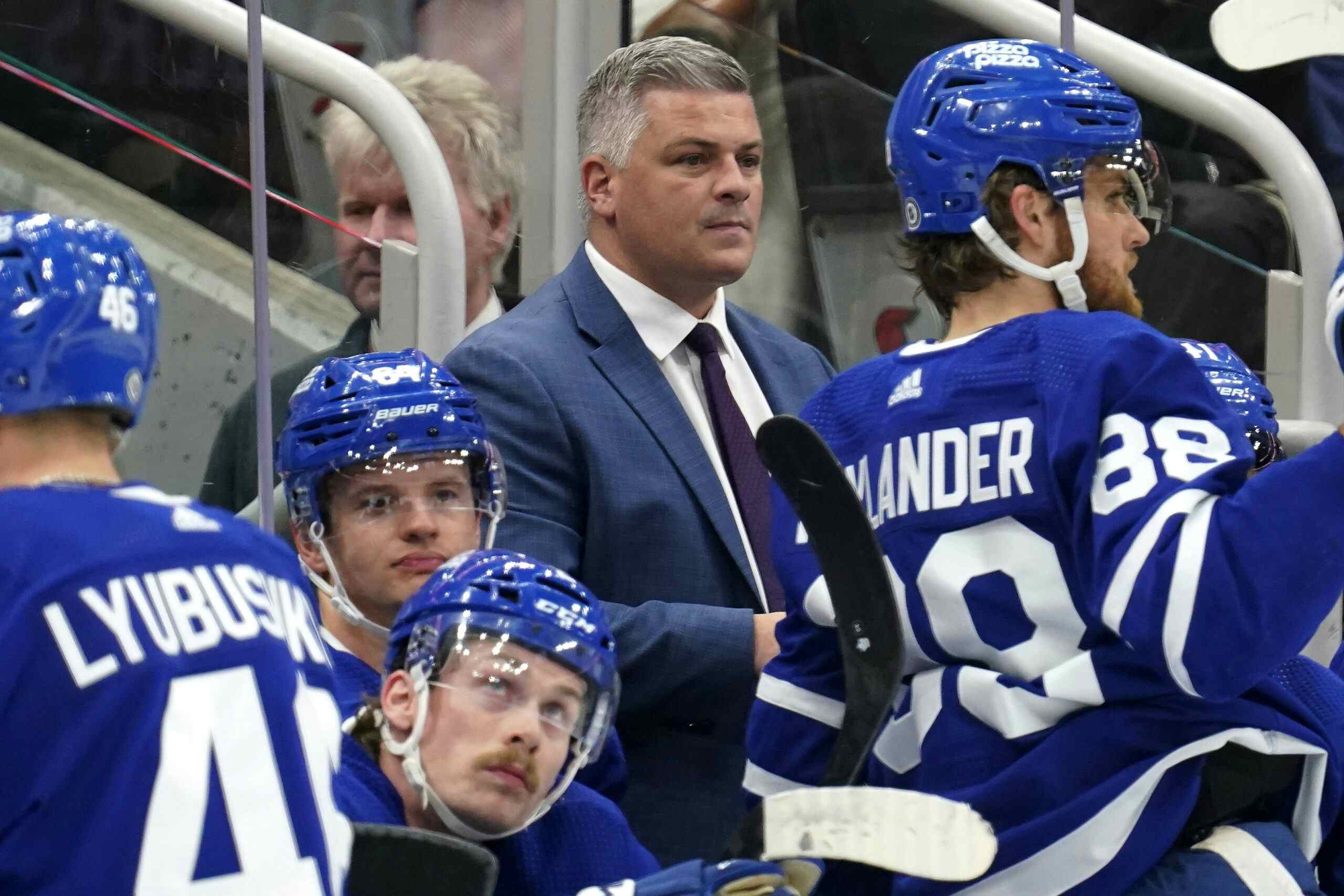Auston Matthews and the Pittsburgh Penguins Model

By Ryan Hobart
5 years agoHave you heard the news? It would be very hard not to, unless you live under a large boulder like Patrick Star. Yes, the Toronto Maple Leafs have signed Auston Matthews, their superstar center, for 5 years and $11.634M. Queue up Sweet Victory!
What the Leafs have done here is risky, but that can be considered a good risk or a bad risk depending on your perspective. At the end of the 5 year contract, Matthews will have unrestricted free agent status and can go wherever he pleases. The destination he prefers may not be Toronto, so that is obviously a risk to consider. It also doesn’t seem like that much of a cost bargain when compared to other contracts around the league, and especially compared to many peoples’ expectations going into this negotiation (mine included). This can make you question whether the risk was worth it.
However, we can look to a model set by the Pittsburgh Penguins to see why it may be a good risk to take. If you win with your stars, they’re going to want to stay, so it’s worth the risk to save money in the short term.
The Penguins Model
In the late 2000’s and early 2010’s, there were three dominant teams that ran the NHL: the Chicago Blackhawks, the Los Angeles Kings, and the above-mentioned Pittsburgh Penguins. They each made it out of that 10-year period with a successful run of Stanley Cups and Cup final appearances, and as such their franchise-building methods can’t really be questioned. They can be compared, though.
During that era, the Blackhawks chose to sign their stars for the long term; Keith signed for 13 years and Seabrook, Kane and Toews for 8 years. The Kings signed Kopitar to a 7-year deal (he has since extended with another 8-year deal), Brown and Doughty to 8-year deals (the latter also extending with another 8-year deal), and Quick to a 10-year deal.
Going against the grain, though, the Penguins signed Sidney Crosby and Evgeni Malkin to 5 year deals, each worth $8.7M, in 2008 and 2009. A more era-adjusted way to look at contracts is to look at the percent of the total salary cap that those deals took up. For Pittsburgh, those deals were worth 17.3 and 15.34 percent of the salary cap in the years that they were signed. In comparison, Auston Matthews’ deal is worth a somewhat more modest 14.63 percent of the 2018-19 salary cap.
During that time period, the Penguins also had Marc-Andre Fleury on a very friendly 7-year $5M deal, Jordan Staal on a 4-year $4M deal, and Kris Letang on a 4-year $3.5M deal. Very shrewd contracts that unquestionably helped them out, and are good comparables to the Leafs’ players in a similar role, Frederik Andersen (5-year $5M), Nazem Kadri (5-year $4.5M) and Morgan Rielly (6-year $5M).
The Blackhawks and Kings did win more Cups in that 2005-2015 era than the Penguins (3 and 2, vs. 1), so it’s tempting to say that the long term deals they signed were absolutely worth it. And to some extent it’s true. Now, though, the Kings and Blackhawks both sit at the bottom of their respective divisions and in the bottom-5 of the league in terms of points and points% (the percentage of points they received vs. the points that were available, essentially correcting for a difference in games played).
In contrast, the Penguins are still winning Stanley Cups beyond that 10 year period, with championship wins in 2016 and 2017, and they’re currently 11th in the league in points and points%. They were built for the long run, and Crosby and Malkin’s 5-year deals were a big reason why. Other major reasons why were the incredibly team-friendly follow-up deal signed by Crosby that is now illegal in the CBA, and other team friendly deals mentioned above, but let’s focus on the reason that’s relevant to the current situation regarding the Leafs and Matthews.
The Future for the Leafs
As the Penguins had then, the Leafs now have a level of salary certainty over a crucial period of the retooling and retrying period of the evolution of a team. They will need to be calculating exactly how much they will be able to spend on depth players in this time. While this new contract does take up a significant chunk of the cap now, the ability to re-negotiate in 5 years may not be as disastrous as you may expect. It certainly didn’t with the Penguins. The Leafs could very easily extend him on a deal with a similar cap %, or potentially even lower as was the case with Malkin and Crosby, and generally maintain the overall effect he has on their cap situation.
Had the Leafs signed Matthews to an 8-year deal, which likely would have been higher than McDavid’s $12.5M AAV, the next 5 years could have been pretty tight against the cap. In fact, Chris Johnston of Sportsnet is reporting that Matthews was asking for $13.8M over 8 years.
This looks to be shrewd planning, allowing the team to keep some of its young regulars around past their Entry Level Contracts, instead of having to ship them off and continually fill up the depth roles with cheap rookies. The ~$2M saved means keeping Connor Brown, or keeping someone else of that ilk (Johnsson, for example) for the course of that 5 years. While on its own it is not the difference between a Stanley Cup or not, it is certainly something of value. The repeated execution of small cost saving measures can be the difference between a Stanley Cup or not. It’s these kinds of management tactics that should be expected from a management team led by Kyle Dubas, Brandon Pridham, Laurence Gilman, and Brendan Shanahan.
This quote from Kyle Dubas illustrates this critical point:
I don’t see the risk of Matthews leaving at the end of 5 years as a critical or scary proposition, as long as the Leafs are still among the top teams in the league at that time. There’s no reason to suggest that they won’t be, especially with this kind of frugal management they seem to be applying consistently. In my opinion, the critical question is how much Matthews will demand from the Leafs when he’s got them over the barrel with his UFA status. The examples of Crosby and Malkin may be lost on the new era of talent, which doesn’t seem to have “team-friendly contract” in its vocabulary.
As the cliché goes, only time will tell. For right now, though, it seems like this decision allows the team to save valuable money during the most critical next of the Leafs rebuild: winning the Stanley Cup.
Recent articles from Ryan Hobart





